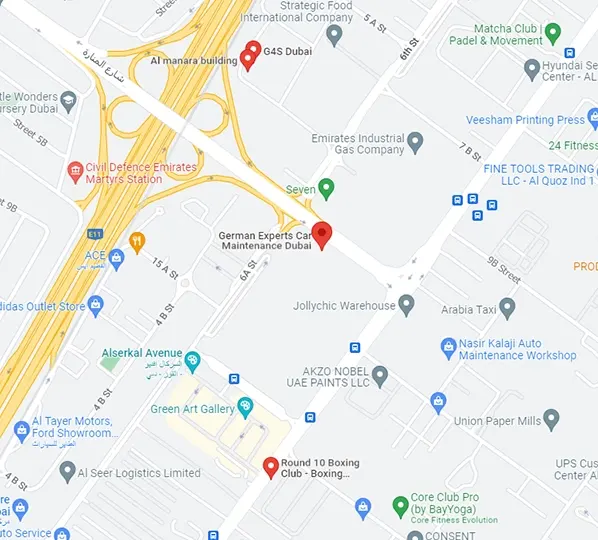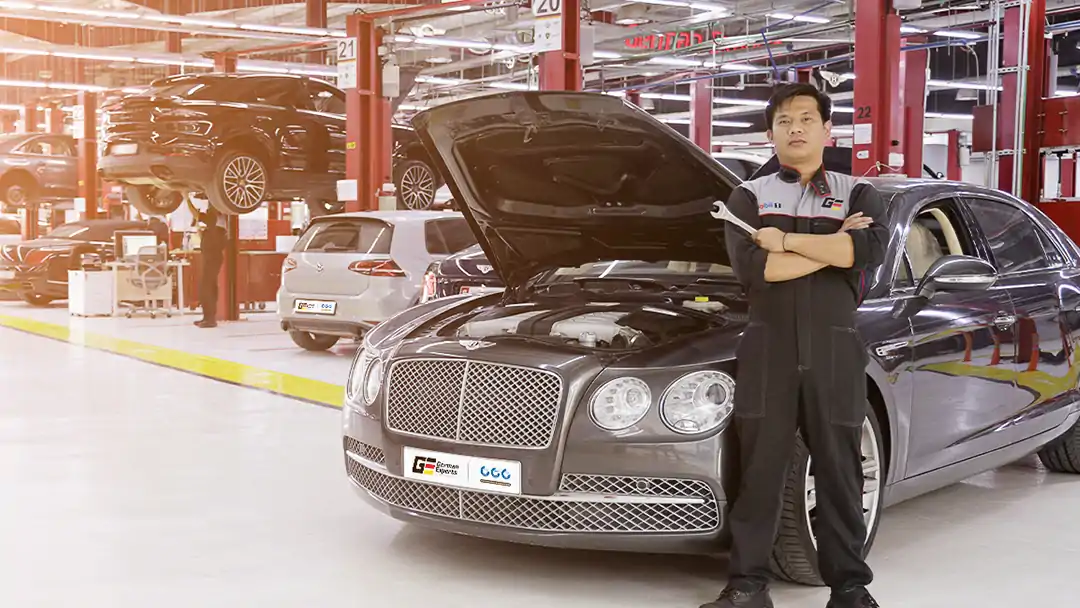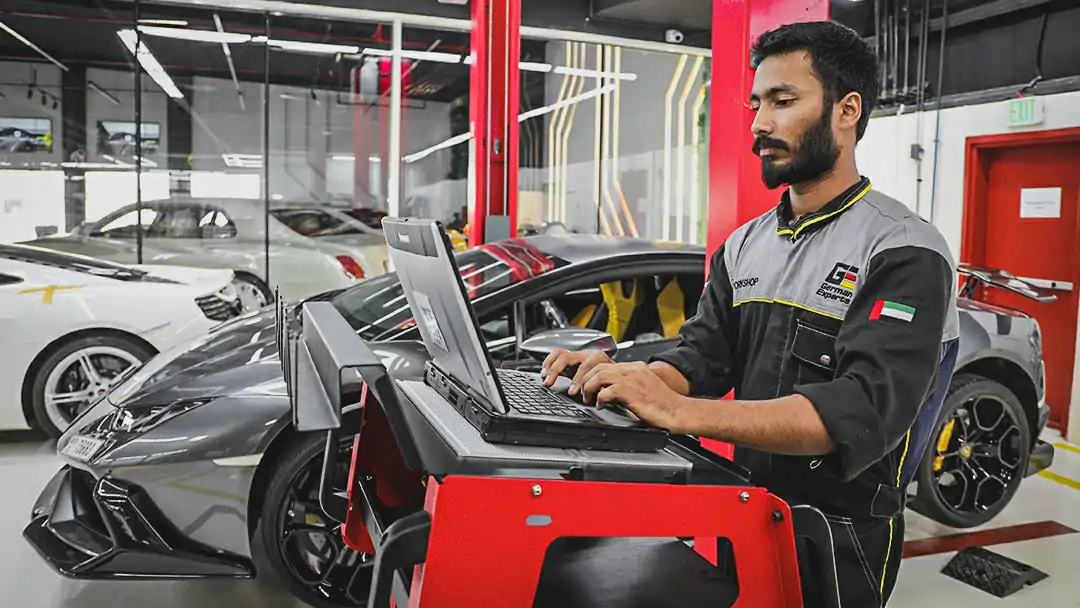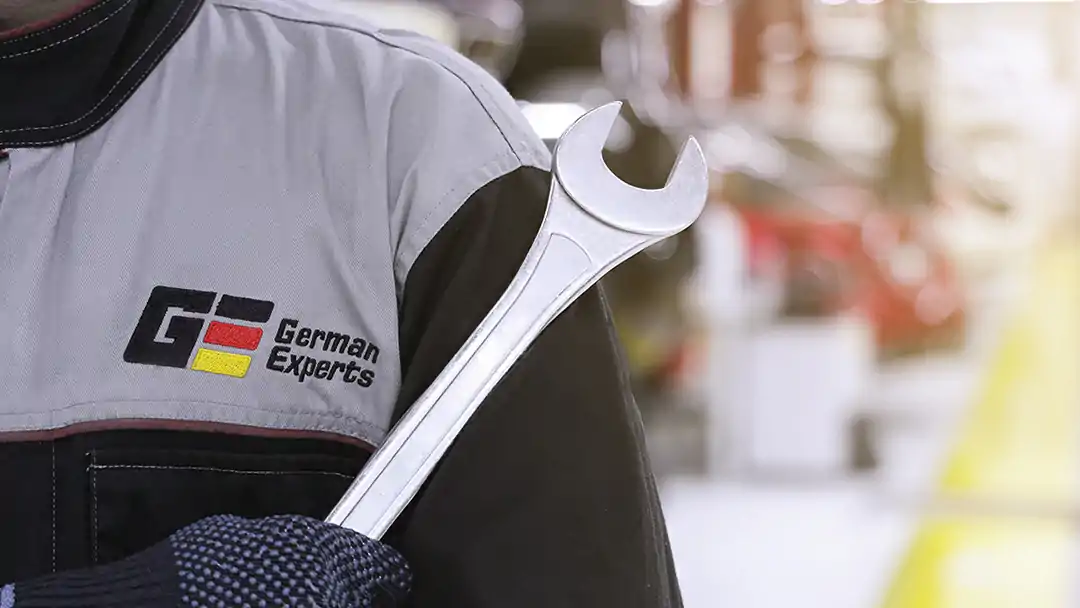LEARN WHAT AND HOW YOU SHOULD CHECK A CAR BEFORE BUYING IT!
How to Check a Car before Buying It:
Buying a car, mostly if it’s not a new one, is not an easy decision, and if it’s not appropriately checked can become a real problem.
What should you look for when buying a car? Can the kilometers of the vehicle be changed? German Experts Service Center and German Experts Body Shop technicians will try to cover the main points that should be taken into consideration when purchasing a car.
If you don’t feel confident enough to do it alone call us and we will do the Pre-Purchasing Inspection for you
Check the Exterior
To check the state of the tires and the alignment of the car you should park the car on level ground. Take some distance from the car from front and rear side and check if it looks straight.
Check the Paint
Check the paint condition looking for dents, scratches, or rust.
None of this will affect the performance of the engine but can affect the price you pay for the car
Look at the sides of the car from end to end for waviness and difference in colors– if you notice any, means that the car wasn’t painted in the right way and also indicates that the vehicle suffered a repair.
Did the seller tell you anything about an accident or modification in the car?
Check the Bottom
Check the car’s undercarriage (underside) with a flashlight. Inspect for rust, unaligned panels, or marked difference in the condition of different sections.
Check the exhaust system condition- if it’s rusty or has any damage will lead to a costly repair. Also, check for a leak on the ground that indicates the car needs repair.
Check the Tires
Tires are telling a lot about a used car and how it’s been driven and maintained.
Check if the tires have enough tread on them to be safe. Each tire has six tread-wear indicators as in the attached picture – if the tire is too worn, the indicator will be at the same level with the tread, and the car needs tire replacement.
Now, if the car is having low mileage and worn–out tires, it might indicate that the odometer is not accurate.
If something doesn’t make sense, you should ask the seller why. Putting questions about the car should not harm anyone, and the seller should provide you with all the answers needed.
Check The Hatch of the Car
Check the condition of the trunk or hutch of the car. Lift the carpet and check for rust and also the spare tire condition. Make sure the Hatch lid is closing properly. Does it stays alone or falls on your head? The dimension of the hatch is the one that you need?
Check the Mechanical Components from Under the Hood
A proper check-up that will avoid any unexpected future problem on the car can be performed only by an expert, but if you choose to do it alone, you should check the following points:
Engine condition: at a visual check-up, the engine compartment should look clean without signs of oil leaks or other fluids. Perform the visual check before and after you test drive the car.
Pull the oil dipstick and clean it with a tissue. Reinsert it and remove it again. A right maintained car shouldn’t have a dark and dirty oil, or under the average level. A foam residue on the inside indicates a leaking gasket.
With the engine turned off, check the underside of the fan belts for any visible crack or wears
Check the strut tower or shock and the corners near the windshield (from the inside) for rust.
Pull the transmission dipstick to check the fluid – the fluid should be pink or red.
Inspect the hood if it’s opening and closing correctly and if it stays open without being held.
Inspect the Interior
Check the seats for tears, stains or other damage and make sure the seats can be adjusted Check the window buttons if they are working correctly, and the windows can be opened and closed.
Check the A.C
Turn on the air conditioning system to make sure it’s working. Turn on the temperature control and check both the heat and cold options. Turn the fan on as well on low and high speed. Let it run for a few minutes and check if any strange smells are coming from the A.C.
Check the Indicator and Display Lights
Check for any error alerts, and if the lighting system is all functional. Don’t hesitate to test all the lights and signals, inside and outside the car. Do the same with the wipers and cigarette lighter.
Test Drive the Car
Take your time in the drive, testing the car, and listen carefully if there are any noises or trepidations while driving.
Drive the car at different speeds to see how it feels. At first, drive the car down a flat road at 40-50 km/h, taking slightly and carefully your hands from the steering wheel. If the car is pulling right or left, it might just need an alignment or could indicate a bigger problem.
Test the car at 72 km/h, 89 km/h, 105 km/h, and 121 km/h and look if there is any trepidation or clucking noise or strange sound. If there is any, it might indicate wear at the direction of mechanical parts or uneven wear the front tires.
Check the brakes
Drive the car at 50-70 km/h and press the brake hard enough to decelerate fast but not enough to stop the vehicle. It shouldn’t be any vibration or noise from the brake pedal.
If the brakes are pulsating, indicate the need for having the rotors resurfaced or replaced and new pads installed.
The car should be stable when you press the brakes. If it has any stability deviation might be because of a lousy caliper deviation or worn steering components.
Check the Car History Report
Ideally would be that the owner of the car kept a record of the repairings and services performed on the vehicle along the time. Are situations when cars are sold because of past accidents or the periodical maintenance haven’t been done on time.
Let an EXPERT Check the Car! Book Now a Vehicle Pre-Inspection and save yourself from a costly repairing!
You are about to make a long term and costly investment that is closely related to your comfort and not the least your safety.
Rather than taking the risk of buying a car with hidden failures which will cost you more to repair in case is coming to this situation, spend a little bit extra and go for a Pre-Purchase Inspection as only a very experienced person can know precisely by computer and visual testing the car if you are about to make, or not a safe investment.















